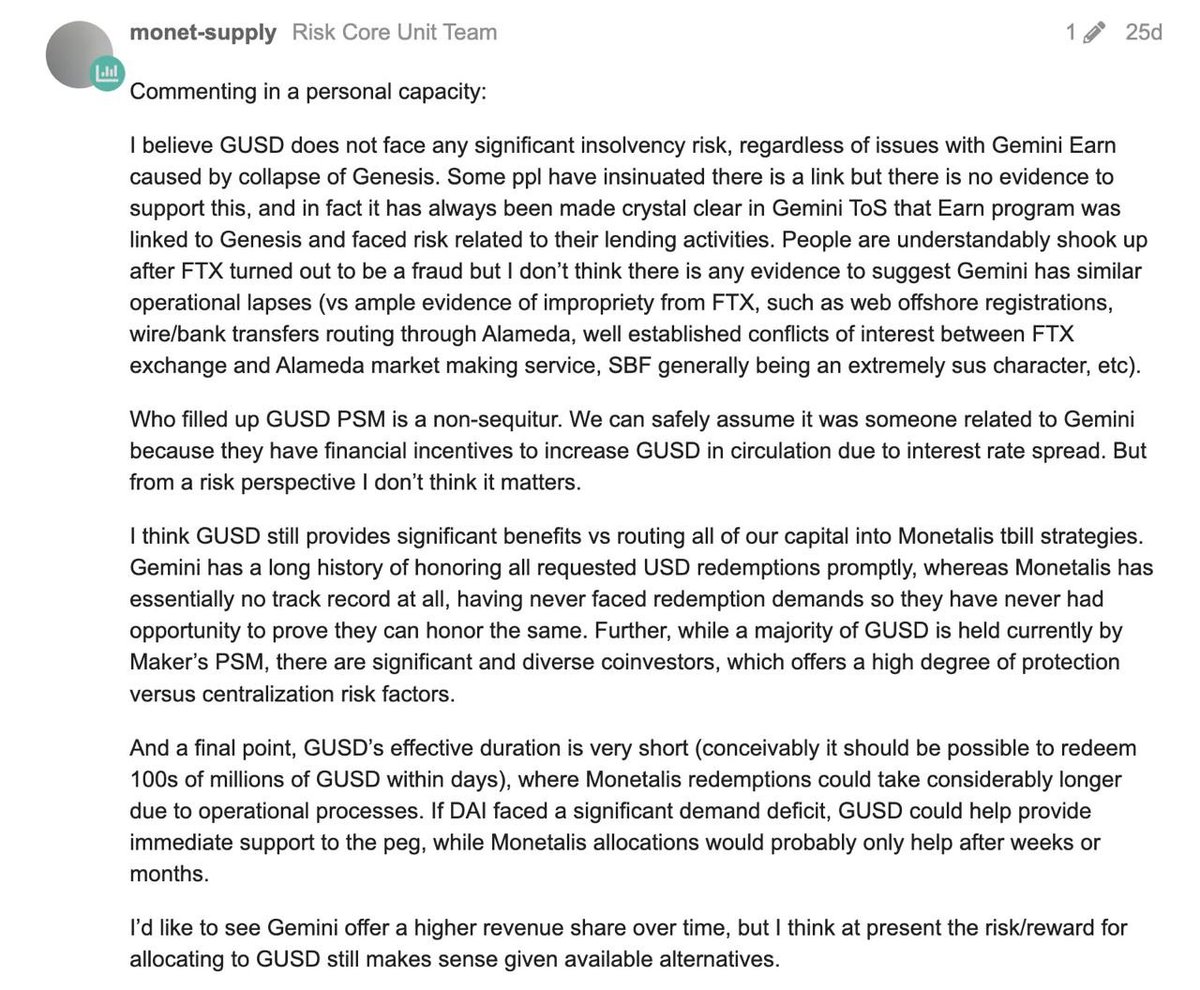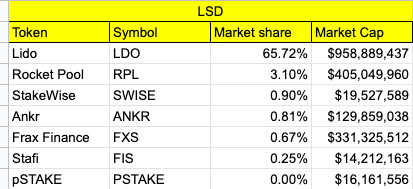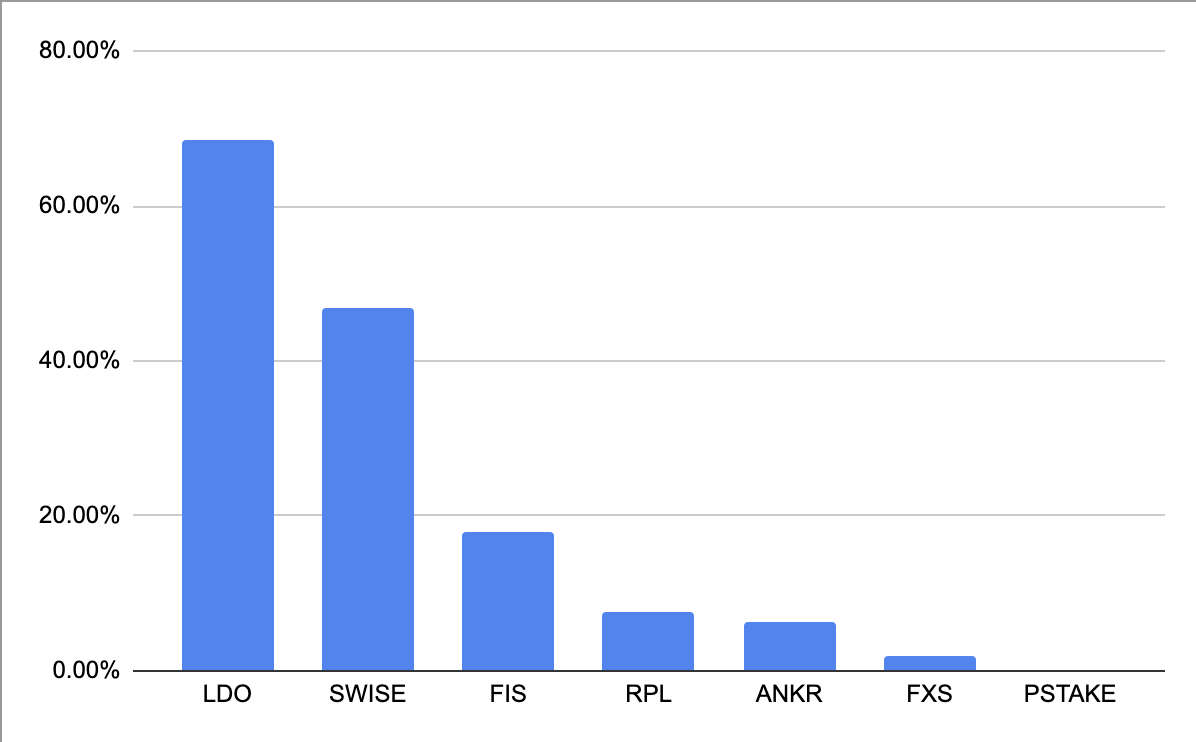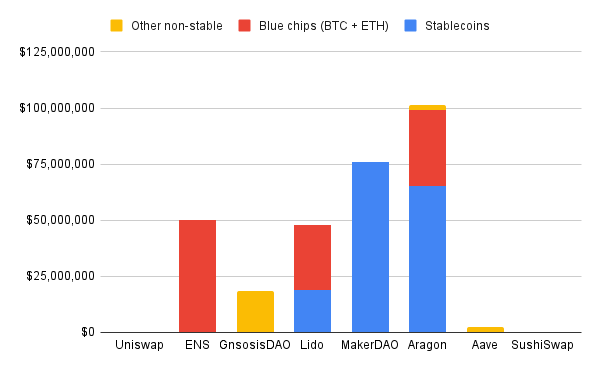$EIGEN True Float
Now that it is public, I am happy to share my findings.
One week ago, I discovered that 40% of all $EIGEN staked tokens came from just 13 investor addresses.
In the meantime, the public was unaware of this practice and believed these tokens were in circulation, leading to misleading conclusions about the token's float and, consequently, investment decisions.
In essence, this situation mirrors what happens with $TIA, where locked investors can stake their tokens and receive unlocked rewards. There's a key difference here though: ,so far, there is minimal staking activity from all investors -- this could change though
Coincidentally, 8 hours ago, all of these 13 wallets started the unstaking process and therefore won't receive staking rewards.
I believe having transparent disclosures is crucial for investors, and I'm pleased to see that the team addresses this issue recently.
I'm glad my work helped bring transparency to the space, and I hope this encourages best practices going forward
Now that it is public, I am happy to share my findings.
One week ago, I discovered that 40% of all $EIGEN staked tokens came from just 13 investor addresses.
In the meantime, the public was unaware of this practice and believed these tokens were in circulation, leading to misleading conclusions about the token's float and, consequently, investment decisions.
In essence, this situation mirrors what happens with $TIA, where locked investors can stake their tokens and receive unlocked rewards. There's a key difference here though: ,so far, there is minimal staking activity from all investors -- this could change though
Coincidentally, 8 hours ago, all of these 13 wallets started the unstaking process and therefore won't receive staking rewards.
I believe having transparent disclosures is crucial for investors, and I'm pleased to see that the team addresses this issue recently.
I'm glad my work helped bring transparency to the space, and I hope this encourages best practices going forward

feel free to check all of the data in this dune dashboard, made it a public good l
- airdrop claims
- staking activity
- unstaking queue
- protocol tvl flows
- staker outliers (investor addresses)
dune.com/karl0x/eigen-t…
- airdrop claims
- staking activity
- unstaking queue
- protocol tvl flows
- staker outliers (investor addresses)
dune.com/karl0x/eigen-t…
One of the reasons I didn’t want to tweet this publicly when I first found out about it is that I couldn’t see a viable path where it wouldn’t instigate FUD over the project, which I’m heavily bullish over the next years.
• • •
Missing some Tweet in this thread? You can try to
force a refresh











